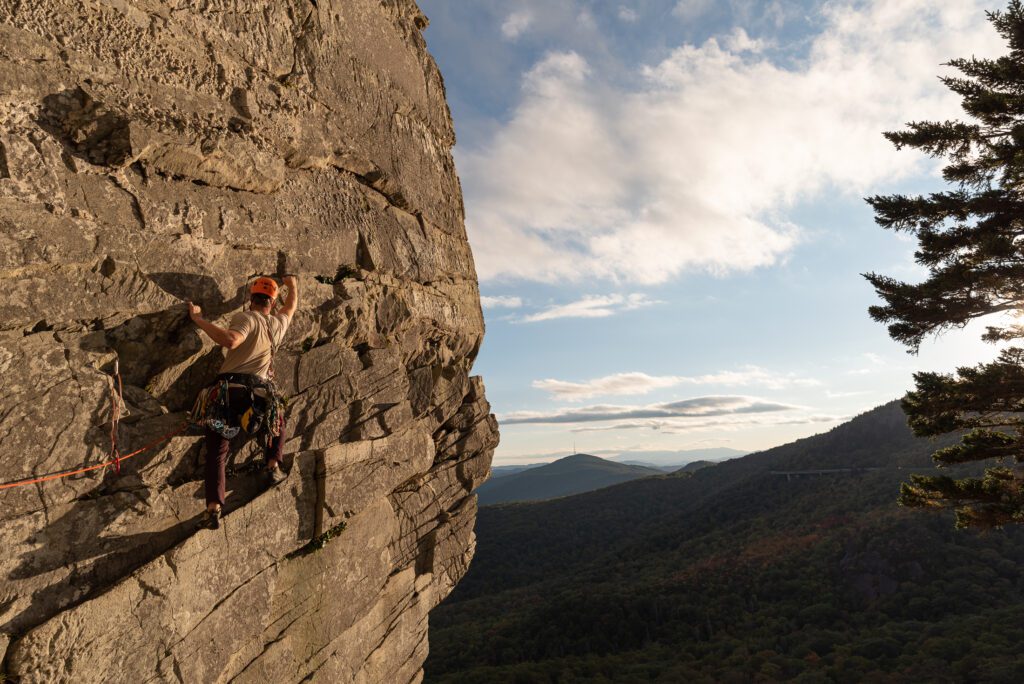August Calendar of Wildlife & Habitat Happenings

August Calendar
Opportunities to experience natural North Carolina are as diverse as our state’s spectacular landscape. And there’s no shortage of things to do, see and hear this month – from a wildflower walk and migrating shorebirds to emerging luna moths and hatching lizards. See the August calendar below and explore NCWF’s upcoming events.
August is Family Fun Month: Check out our blog on 15 ways families can have fun, explore, discover, learn and engage with wildlife and nature.
Aug. 4: Today is the anniversary of the Great American Outdoors Act, which passed in 2020 to improve infrastructure and expand recreation opportunities in national parks and other public lands. National park entrance fees are waived today, making it a perfect day to get outside and surround yourself with North Carolina’s bountiful and diverse natural landscapes, flora, and fauna.
Aug. 4: It’s National Oyster Day, an opportunity to recognize North Carolina’s native eastern oyster as one of the most important species in our estuaries. They have many fish habitat and water quality benefits; however, wild harvests are in jeopardy because of damaging and wasteful fishing practices such as dredging and significant enforcement issues. Efforts to restore depleted stocks include oyster sanctuaries and aquaculture efforts.
Aug. 7: Southern shorebird migration peaks.
Aug. 11: Above, we highlight the winning “People” image from our annual wildlife photography contest for National Mountain Climbing Day. Aaron Murray of Greensboro took this photo of his friend Craig climbing near Rough Ridge and the viaduct along the Blue Ridge Parkway.
Aug. 11: If you plan to head to the beach for Play in the Sand Day, keep in mind waterbirds are nesting and brood-rearing along the coast through the end of the month.
Aug. 13: Fawns are losing their spots.
Aug. 14: Do lizards have eyelids? Can they regrow their tails? Do all lizards have legs? Do they eat their skins? What’s the difference between lizards and salamanders? On World Lizard Day, you can learn about the natural history of rare and backyard lizards by watching NCWF Reptile Series: Lizards of North Carolina.
Aug. 17: National Nonprofit Day is a great time to support our efforts and speak up for wildlife by joining NCWF, attending a local chapter event and getting involved with one of our wildlife programs. Together, we can make a significant difference in wildlife conservation in North Carolina.
Aug. 19: Eggs are hatching for many snake and lizard species.
Aug. 19: It’s National Photography Day. Want to see some cool images of North Carolina wildlife and habitat? Check out our gallery our winning photo entries from NCWF’s Annual Wildlife Photo Contest.
Aug. 20: Did you know honeybees do a ‘waggle dance’ as a clever way to communicate with their nestmates? Today is World Honeybee Day, and we’re buzzing over the 500 native bees found in North Carolina, including the orchard mason bee (Osmia lignaria), eastern bumble bee (Bombus impatiens) and eastern carpenter bee (Xylocopa virginica). Watch our Get to Know the Wild Bees in Your Yard webinar to learn more about our pollinating friends.
Aug. 24: Purple false foxglove is in bloom.
Aug. 25: American ginseng berries are ripe.
Aug. 26: Here in the South, we’re fortunate to see three broods of the beautiful luna moth (Actias luna) each year; adults from the third brood are now emerging. Moths are critical nocturnal pollinators that use the moon or bright stars to help with their sense of direction. Watch our Marvelous Moths of North Carolina webinar to learn more.
Aug. 27: Timber rattlesnakes are giving birth.
Aug. 27: Where the Wildflowers Grow: Butterfly Walk at Pilot Mountain State Park. This walk is part of NCWF’s Walks on the Wild Side series that creates opportunities for the public to learn about and connect with the natural wonders of North Carolina.
Aug. 27-28: It’s International Bat Night. North Carolina is home to 17 species, including the federally endangered Virginia big-eared bat, Indiana bat and gray bat, and the federally threatened northern long-eared bat. Read our Evening Bats and Your Role in Bat Conservation blog to learn more about these fascinating creatures. Want to know how bats can help your mosquito problem? Watch this video at the 52-minute mark.
Aug. 28: Most deer have completed their antler growth, although many bucks will still be in velvet. Interested in hunting but don’t know how to get started? Sign up for the Getting Started Outdoors: Deer Hunting 101 workshop on Oct. 15 at Wood Duck Farm in Gastonia. GSO provides a surrogate mentored experience for those lacking social support via existing hunting family members or friends.
Aug. 29: Eastern gray squirrels are bearing their fall litters.
Aug. 30: Green salamander eggs are beginning to hatch in the southern Mountains.
Aug. 30: Which North Carolina beach is your favorite – Emerald Isle, Bald Head Island, Cape Hatteras, Corolla/Currituck, Ocracoke Island, Topsail Island, Oak Island or Wrightsville? For National Beach Day, we’re celebrating these beautiful stretches of sand for their many ecological benefits – from providing habitat for wildlife and plant species and supporting breeding grounds to contributing to the food chain and serving as a vital link between marine and terrestrial environments.
Aug. 31: Goldenrod, asters, ironweed, Joe-pye weed, cardinal flower and other late summer wildflowers are in bloom over most of the state.
